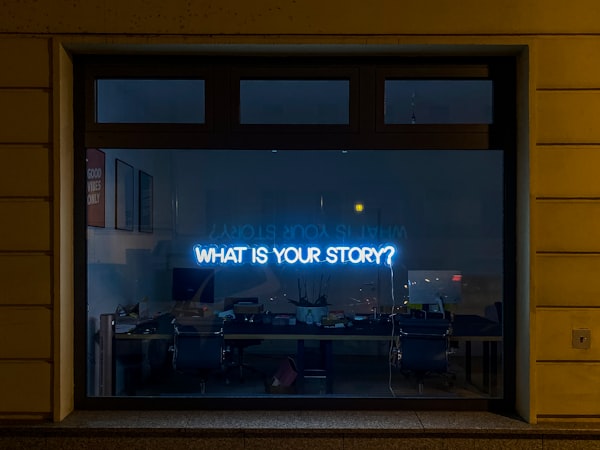What is Resilience?
The ability to adapt to change.
Resilience is the flexibility to bounce back from a problem, from trouble, from adversity, from setbacks, from crisis, from loss, from devastation, from catastrophe.
Design for resilience acknowledges that things will go wrong and integrates error correction into the process of researching to avoid the problems of the past, learning from mistakes, and forming the values and integrity to make the world a better place.
This publication is documenting the work that people are already doing to build resilience into their personal lives and their communities and organizations. We are exploring how we imagine, design, and build the future together.
We find ourselves in the midst of multiple system crises: physical, personal, social, economic, political, ecological, and metaphysical. Now, more than ever, we are in need of resilience.
How do we bounce back? How do we recover?
re·sil·ience
/rəˈzilyəns/
noun
- the capacity to recover quickly from difficulties; toughness.
- the ability of a substance or object to spring back into shape; elasticity.
Systems Thinking
When dealing with systemic issues, we cannot fall back on incremental solutions to solve problems. When the problem is too complex to solve as individuals, we will need to rely on the ability of all living beings on this planet working together to restore and regenerate the living systems of the Earth.
Such a feat will require a shift in perspective, in motivation, and in coordination of our actions.
To begin, let’s define the problem. A problem of perception has being driving our beliefs, values, and motivations to create self-reinforcing systems of industrial production and consumption that have had the unintended (often intended) consequences of genocide, ecocide, and suicide.
Global Industrial Entropy Machine
The industrial machine of modern life has been designed with mechanisms of social manipulation, economic oppression, and political control.
Perception
- Blindspots and biases
- Disequilibrium and dependency
- Noise and propaganda
Cognition
- Helplessness and specialization
- Burnout and education
- Trauma and authority
Emotion
- Fear and insecurity
- Scarcity and shame
- Domination and control
Action
- Murder and denial
- Theft and impunity
- Violence and power
Communication
- Silence and complicity
- Attention and apathy
- Crisis and intransigence
Living Systems Collaboratory (Syntropy)
Through our observations of natural, living systems, humans have been learning about the evolutionary adaptations of community, collaboration, and cooperation.
Empathy (perception)
- Observing and curiosity
- Balance and interdependence
- Listening and understanding
Awareness (cognition)
- Apocalypse and accountability
- Rest and reciprocity
- Truth and reconciliation
Resilience (emotion)
- Love and compassion
- Abundance and generosity
- Freedom and responsibility
Transformation (action)
- Connection and influence
- Learning and capacity
- Opportunity and agency
Reproduction (communication)
- Language and story
- Caring and community
- Releasing and empowering
Entropy and Syntropy
There may be more to life than the loss of energy and order through entropy. Where is the information, energy, and life coming from?
This work describes the qualities and implications, in the field of psychology, of two principles which can be observed in the physical and biological world: the principle of entropy and the principle of syntropy. The description of the qualities of entropic and syntropic phenomena can be found in the works of Luigi Fantappiè (1901-1956), one of the major Italian mathematicians, who, while working on quantum mechanics and special relativity, discovered that all physical and chemical phenomena, which are determined by causes placed in the past, are governed by the principle of entropy, while all those phenomena which are attracted towards causes which are placed in the future (attractors), are governed by a principle which is symmetrical to entropy and which Fantappiè named syntropy. Introduction The concept of time and the correlated concept of causality have always been at the centre of science: but how did these concepts evolve? Galileo and Newton can be considered the theoreticians of "mechanical causality", on the basis of which all that we observe is determined by causes placed in the past. This concept has been the basis of the presumption that it is possible to reproduce any phenomenon in a laboratory. This type of causality is based on the description of a universe that moves from the past to the future: time follows an arrow in which past can never come back, future does not yet exist, and only the present moment is real. In this concept of time, the present is totally determined by past causes. Experimental methodology is based on this concept of time. This method, which allowed us to discover the laws of physics and chemistry with great success, is now showing its limits in the study of living systems, since it can only study cause-effect relations.
A kind of stubborn optimism leads us to consider The Future We Choose as we move From What Is to What If.
David Bohm, in his book on quantum theory, makes an interesting analogy between quantum processes and thought, arriving at the hypothesis that thanks to quantum mechanics, the universe starts to look more like a big thought than a big machine.
An Open Question
How do we become resilient? To become antifragile is a process. Join us in that process as we learn to build resilience together.


